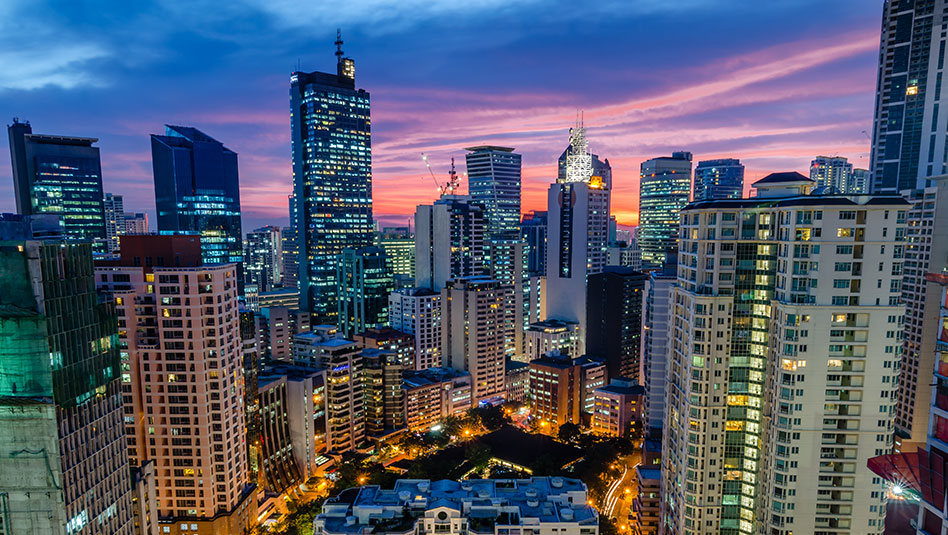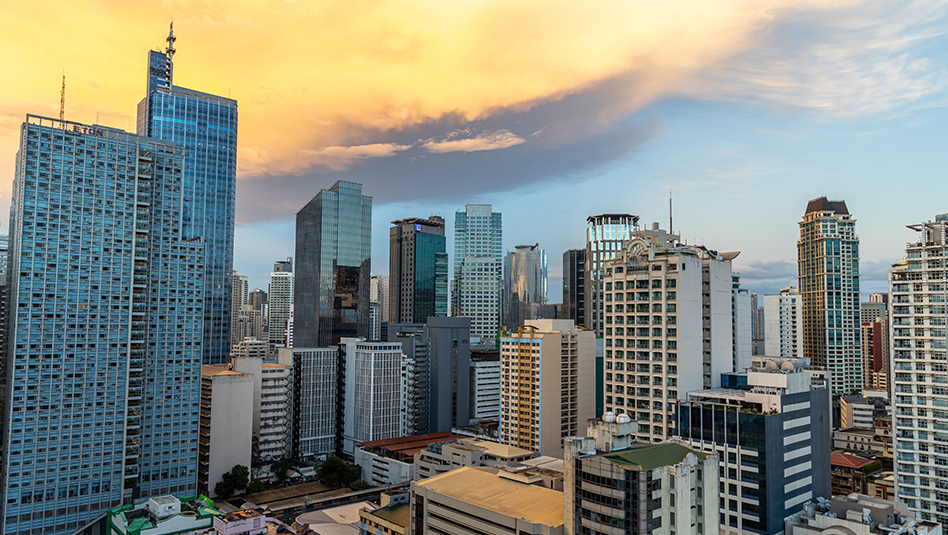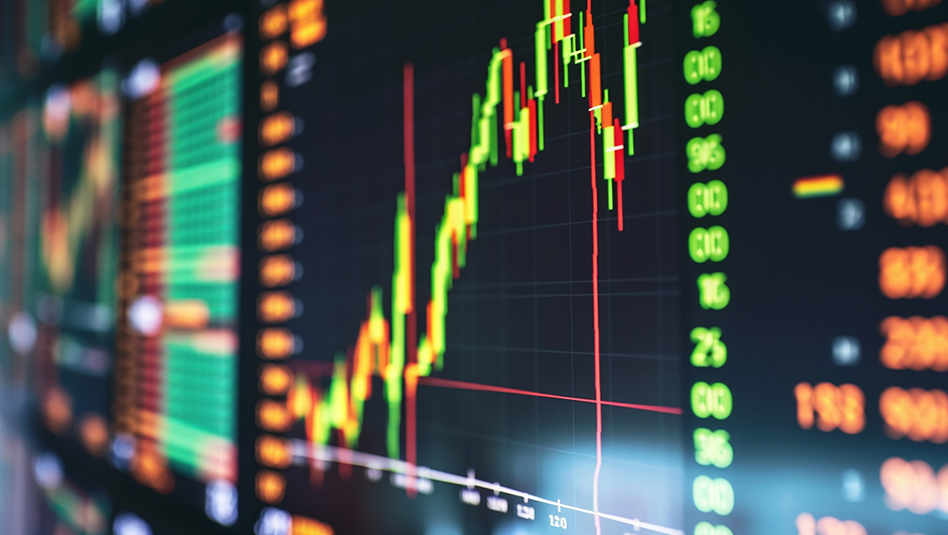Sub-sector: Independent Power Producers
Access this content:
If you are an existing investor, log in first to your Metrobank Wealth Manager account.
If you wish to start your wealth journey with us, click the “How To Sign Up” button.

Fundamental View
AS OF 29 May 2025PLN enjoys extremely strong ties with the Government of Indonesia (GoI) given its critical policy role of electrifying the nation. Post the launch of Indonesia’s sovereign wealth fund Danantara, PLN is now indirectly owned by the GoI through Danantara.
PLN delivered a robust set of FY24 results, with total revenue and EBITDA up 7% and 18% YoY respectively driven by resilient power demand across Indonesia
Looking ahead, we expect PLN’s credit metrics to improve in FY25 supported by higher YoY EBITDA, though partially weighed upon by higher capex; we anticipate FY25 EBITDA growth to be in the mid to high single-digit % YoY, mainly attributable to Indonesia’s healthy economic growth, supporting power demand; we also expect power tariffs to remain flat.
Business Description
AS OF 29 May 2025- PLN is involved in the entire electricity value-chain, from power generation, to transmission, distribution and retail.
- It alone accounts for 76% (~47 GW) of Indonesia's generation capacity (of which 8 GW is renewable capacity), while IPPs provide the remainder.
- The company controls and operates the entire transmission and distribution network in the country. It is the sole buyer of electricity produced by IPPs, through power purchase agreements (PPAs).
- It sells electricity to well-diversified off-takers – 41% to households, 25% to industrial customers, 21% to businesses and 12% to others.
- Since 2015, the GoI has gradually implemented monthly tariff adjustments for 13 customer groups, so that rates charged to customers are better matched with production costs.
- However, under the Public Service Obligation (PSO), the company will continue to sell electricity at subsidized rates of 50% to 450-volt amperes (VA) power households and 25% to 900 VA power households. The GoI subsequently reimburses the company for the difference between the subsidized tariff rate and production cost, typically within 2-3 months.
Risk & Catalysts
AS OF 29 May 2025The company provides subsidized electricity to certain households for which it subsequently receives reimbursements from the GoI; though these payments tend to get delayed during major events such as COVID-19 pandemic.
In order to increase the country’s electrification ratio to 97%, the company had been mandated by the GoI to develop large electricity capacities through the Fast Track II and 35,000 MW Programs. Implementation of such complex programs has required significant capital expenditure, which has led PLN’s FCF to fall deep into the red in recent years and created a funding gap.
The success of the above programs is also contingent on the company’s ability to source coal cheaply, select quality contractors, acquire land rights and receive adequate subsidy reimbursements from the GoI.
Being primarily a thermal power producer, PLN may be viewed unfavourably from an ESG perspective.
Key Metric
AS OF 29 May 2025| IDR bn | FY20 | FY21 | FY22 | FY23 | FY24 |
|---|---|---|---|---|---|
| Debt to Book Cap | 32.2% | 29.7% | 28.9% | 27.8% | 27.3% |
| Net Debt to Book Cap | 28.2% | 26.9% | 25.2% | 23.7% | 23.0% |
| Debt/Total Equity | 47.4% | 42.2% | 40.7% | 38.5% | 37.5% |
| Debt/Total Assets | 28.1% | 25.7% | 24.6% | 23.4% | 22.5% |
| Gross Leverage | 5.5x | 5.0x | 4.2x | 4.3x | 3.7x |
| Net Leverage | 4.8x | 4.6x | 3.7x | 3.7x | 3.1x |
| Interest Coverage | 2.5x | 3.2x | 4.3x | 3.6x | 3.7x |
| EBITDA Margin | 29.0% | 28.0% | 30.1% | 26.4% | 29.1% |
CreditSight View Comment
AS OF 28 May 2025We have a M/P on PLN and prefer its 2042-2050s. While we think PLN’s shorter-dated is trading slightly tighter than our FV, we do not think the widening potential of its shorter dated is sufficient to warrant an Underperform. Overall, we remain comfortable with PLN’s resilient credit profile supported by healthy domestic power demand, good insulation from input cost volatility and strong state-ownership. While there were concerns of the GoI demonopolizing the power sector, we think PLN’s monopoly is likely to stay after President Prabowo reportedly abandoned plans to allow customers to purchase clean electricity directly from renewable energy developers. That said, we think PLN continue to face higher coal-related ESG risk and elevated capex plans that could weigh on its credit metrics.
Recommendation Reviewed: May 28, 2025
Recommendation Changed: December 06, 2024
Who We Recommend
Sultanate of Oman

Korea Electric Power Corp.

Korea Gas Corp.



How may we help you?
Search topics about wealth insights and investments.Access this content:
If you are an existing investor, log in first to your Metrobank Wealth Manager account.
If you wish to start your wealth journey with us, click the “How To Sign Up” button.

Fundamental View
AS OF 19 May 2025We see lower non-call risk for SMC GP’s c.2025 and c.2026 perps owing to strong near-term parental funding support, its recent c.2024 perp refinancing, and recent bond exchange/tender with a new $900 mn c.2029 perp issuance.
We see an improving credit outlook for SMC GP aided by lower thermal coal input costs, new contracts, and capacity additions. Net cash inflows of $2.1-$2.2 bn from the completion of an LNG deal is also positive.
While SMC GP improved its cost passthrough contractual mix from end-FY23 onwards, the company still remains exposed to high thermal coal input costs (~40-50% of contracts).
SMC GP incurs sizable capex that has led to additional debt incurrence and elevated credit metrics.
Business Description
AS OF 19 May 2025- SMC GP is a leading power generation and distribution company in the Philippines. As at 31 December 2021, its total generation capacity stood at 4.7 GW, accounting for ~20% of the national grid.
- The bulk of its revenues is derived from power generation (~82%), with the remainder from electricity distribution and retailing (~18%).
- It operates 7 power generating plants across diversified energy sources, comprising coal (~62%), natural gas (~25%), hydro (~12%) and battery energy storage (~1%).
- Through long-term power supply agreements and retail supply contracts, SMC GP either sells electricity directly to customers (including large Philippines power distribution company Manila Electric Company, distribution utilities and other industrial customers), or through the Philippine Wholesale Electricity Spot Market.
- SMC GP acts as the Independent Power Producer Administrator (IPPA) for three power plants (~54% of total capacity), where it has the right to sell electricity generated by the IPPs without having to bear large upfront capital expenditures for plant construction and maintenance.
- SMC GP also distributes and retails electricity services through its wholly-owned subsidiary Albay Power and Energy, which distributes power in the province of Albay, Luzon.
- SMC GP is a wholly-owned unlisted subsidiary of San Miguel Corporation, one of the largest and most diversified conglomerates in the Philippines based on total revenues and assets.
Risk & Catalysts
AS OF 19 May 2025SMC GP still has $307 mn/$1.2 bn of c.2025 and c.2026 perps outstanding to be addressed, though we see low non-call risks.
A moderate portion of SMC GP’s off-take contracts do not contain cost pass-through mechanisms. This exposes the company to a rise in thermal coal input costs that could squeeze its EBITDA margins.
SMC GP incurs sizable capex that has spurred additional debt incurrence. Consequently, its credit metrics remain elevated.
Over 80% of SMC GP’s installed capacity is thermal coal or gas-fired, which may be viewed unfavorably from an ESG perspective.
Key Metric
AS OF 19 May 2025| PHP bn | FY22 | FY23 | FY24 | 1Q24 | 1Q25 |
|---|---|---|---|---|---|
| Debt to Book Cap | 69.2% | 62.8% | 64.4% | 63.0% | 61.1% |
| Net Debt to Book Cap | 66.4% | 59.4% | 57.7% | 59.1% | 53.2% |
| Debt/Total Equity | 224.6% | 168.7% | 181.2% | 170.0% | 157.4% |
| Debt/Total Assets | 79.0% | 73.8% | 73.8% | 72.7% | 75.3% |
| Gross Leverage | 19.4x | 12.9x | 11.9x | 12.6x | 10.8x |
| Net Leverage | 18.6x | 12.2x | 10.7x | 11.8x | 9.4x |
| Interest Coverage | 1.4x | 2.2x | 2.3x | 2.2x | 2.4x |
| EBITDA Margin | 13.2% | 26.4% | 26.6% | 27.3% | 34.4% |
CreditSight View Comment
AS OF 15 Jul 2025We have an Outperform recommendation on SMC GP. We think refinancing risk on the c.2025–2026 perps has meaningfully decreased post its multiple bond exchange and tender offers. We are comfortable with SMC GP’s improving credit outlook, potential for forthcoming parental support, and management’s willingness and ability to repay the perps. The completion of the $3.3 bn LNG deal is also positive. We continue to see low non-call risk for the c.2026 perps, and see the 8%+ yields on the c.2029 and c.2030 perps as attractive. Key risks we are watchful of include any weakening of parental funding support (due to SMC’s own sizable infra capex) and overly aggressive capex..
Recommendation Reviewed: July 15, 2025
Recommendation Changed: September 09, 2024
Who We Recommend
Sultanate of Oman

Korea Electric Power Corp.

Korea Gas Corp.










 DOWNLOAD
DOWNLOAD



